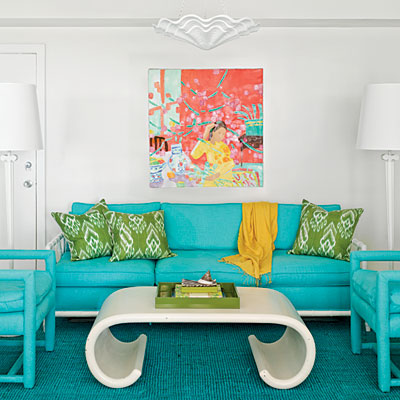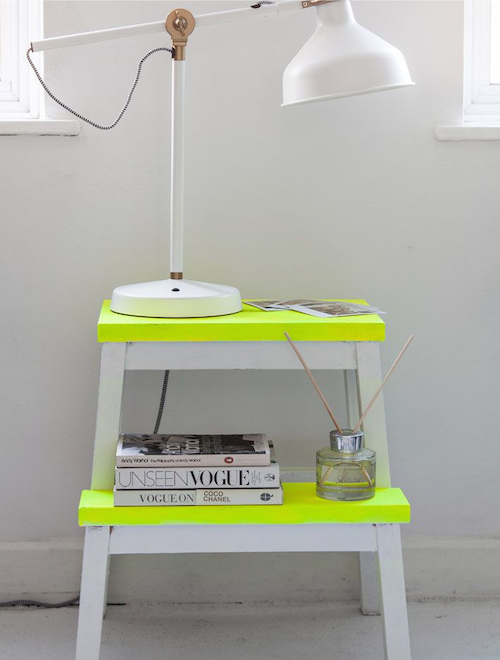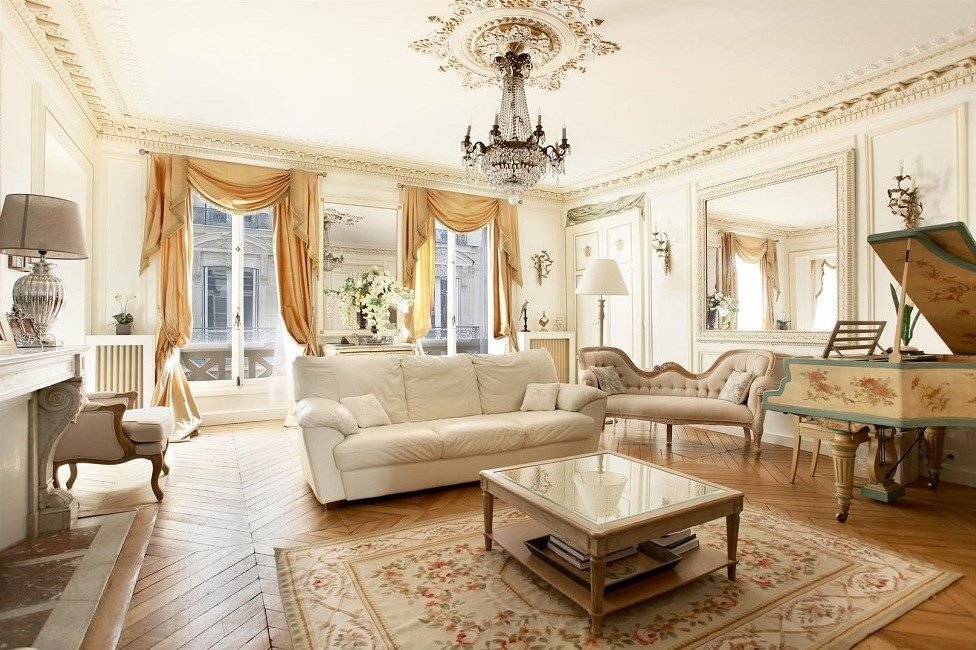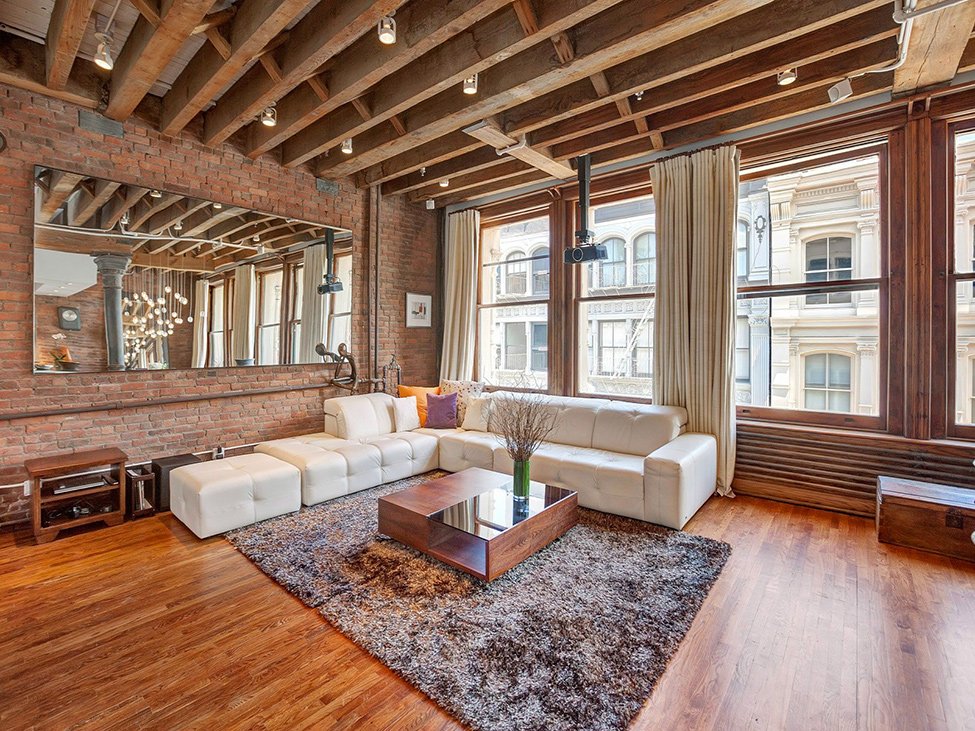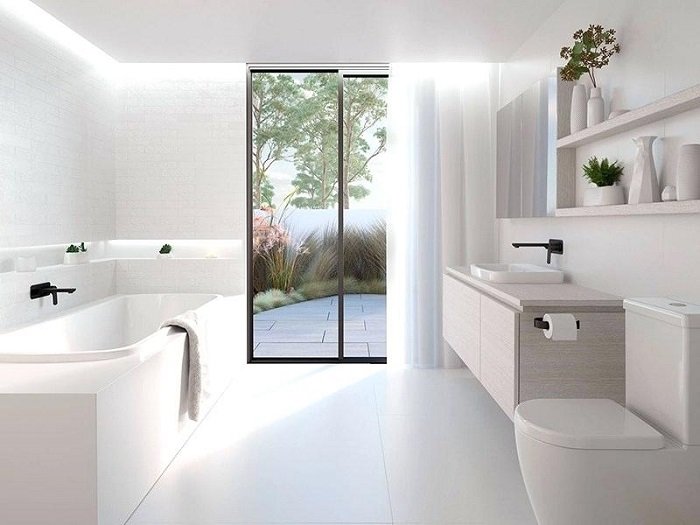Key Takeaways:
- Light is essential for creating a welcoming and functional space.
- Using bright colors, mirrors, and varied light fixtures can enhance the brightness of a room.
- Avoid over-lighting and clutter to maintain a balanced ambiance.
- Strategic placement of light sources can make a significant difference.
You’ve found your dream home with all the features you’ve ever wanted. However, after settling in, you notice that some rooms lack adequate lighting. Whether it’s a window blocked by a neighboring house or a west-facing kitchen that’s dim in the morning, the need for better lighting becomes evident. Here are some expert tips to brighten up your space.
1. The Importance of Color
DO: Use bright or shiny colors in art or accent pieces to create an open and luminous feeling. Light naturally reflects off lighter surfaces, making the room appear larger and more inviting. For instance, consider incorporating artwork with vibrant hues and ensure they are well-lit with small wall lights.
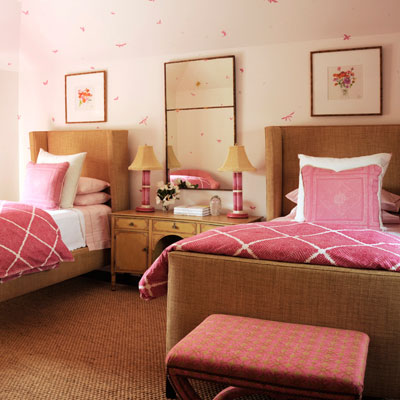
DON’T: Paint the room in dark shades. Dark colors, including furniture like kitchen cabinets and tables, can make a space seem smaller and more confined. Instead, opt for lighter shades that reflect light and enhance the room’s brightness.
2. Lighting Fixtures and Their Placement
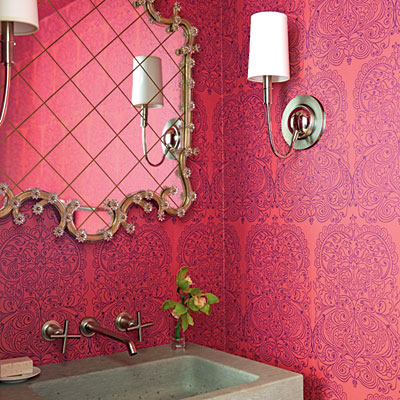
DO: Introduce a variety of light fixtures. Depending on the room’s function and layout, consider using floor lamps, table lamps, or even pendant lights. Place them strategically, especially in areas with high usage, such as near couches or tables.
DON’T: Overwhelm the space with excessive lighting. Avoid using too many lights or floodlights that can be blinding and create an uncomfortable environment. The goal is to achieve a balanced and cozy ambiance.
DO: Implement light switches with dimmers. This feature allows you to adjust the lighting intensity according to the occasion, ensuring optimal brightness at all times.
3. The Magic of Mirrors
DO: Incorporate mirrors into your decor. While you don’t need an excessive number, placing a few mirrors in strategic locations can reflect light and amplify the room’s brightness. For instance, a mirror opposite a window can double the natural light entering the room.
DON’T: Rely solely on one type of lighting source. It’s essential to have light sources at various heights to achieve the best illumination and create depth in the room.
4. Declutter and Organize
DO: Ensure your room is free from unnecessary clutter. An overcrowded space with too much furniture or numerous collectibles can create the illusion of a smaller area and reduce the surfaces light can reflect off.
5. Consider Natural Light
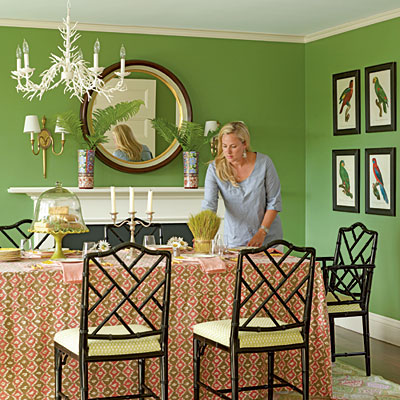
While the original article didn’t emphasize this, it’s crucial to consider natural light sources. Large windows, skylights, or even translucent doors can introduce more daylight into the room, reducing the need for artificial lighting during the day.
Conclusion
Brightening a room is not just about adding more lights. It’s about strategic placement, choosing the right colors, and ensuring the space is organized and clutter-free. By following these do’s and don’ts, you can transform any dim space into a bright and welcoming environment.
FAQs:
- Why is natural light important?
- Natural light offers numerous benefits, including mood enhancement, energy savings, and creating a connection with the outdoors.
- How can I maximize the light from a single window?
- Use light-colored curtains, place a mirror opposite the window, and ensure the window is clean to allow maximum light penetration.
- Are there specific colors that reflect light better?
- Yes, lighter shades like whites, pastels, and neutrals tend to reflect light better than darker colors.
